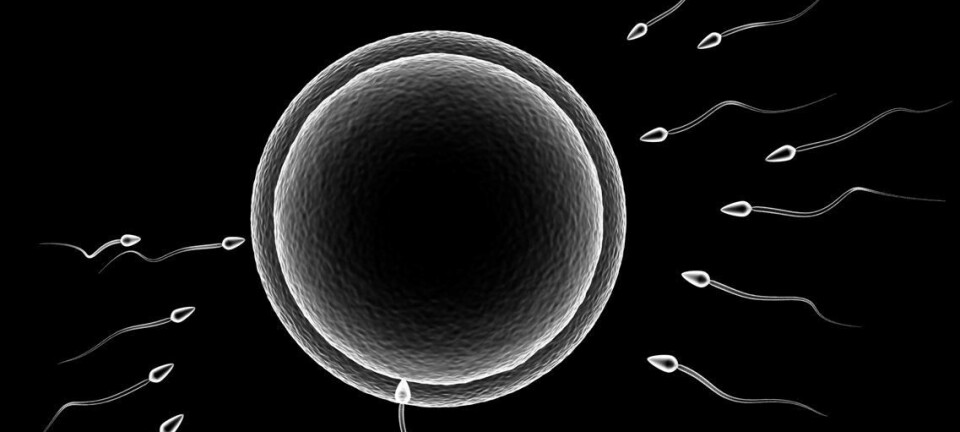
Cerebral malaria risk is gene-linked
Europeans are three times more likely to develop cerebral malaria than Africans. The difference appears to be caused by a gene which has mutated in Africans but not in Europeans.
Tests performed on blood samples from 1,200 malaria-infected Ghanaian children and healthy Europeans (in this case Danes) have revealed what researchers have long suspected – that genetic factors play a role in whether or not an individual contracts cerebral malaria.
In the majority of the Ghanaian blood samples, the gene RNASE3 was inactive, but in the European blood samples the gene was active.
These results, obtained by Michael Theisen at the State Serum Institute in Copenhagen, were compared with published data from non-African populations such as China, Japan, Sweden and the US, and from African populations including Nigeria, Sudan and Uganda.
Mutation gives protection
All these data evidenced the same characteristic: the RNASE3 gene in non-Africans was active, while in Africans the gene was inactive due to mutation.
The significance of this finding lies in the fact that the active gene produces a protein which, although it is part of an immune response mechanism, has the opposite effect in the case of cerebral malaria and actually raises the risk of contracting the disease.
"This has led us to the hypothesis that the mutation has been preserved in Africans because it better equips them to withstand this deadly disease," says Theisen.
Shift towards gene research
Every year, malaria claims the lives of up to a million people, the majority of victims being children under five in Africa. Huge resources are being used to conduct research into the disease in the hope that improved treatments can be developed.
Theisen has himself been working for nearly ten years with researchers from the Noguchi Memorial Institute for Medical Research in Ghana to characterise the antibodies which give immunity against malaria.
Recently however, there has been a shift in the research focus towards studying genes. As part of this work, Theisen's laboratory received blood samples from two groups of hospitalised children in Ghana suffering from malaria. One group had cerebral malaria, while the other had 'ordinary' malaria.
Evolution plays a role
Comparison of the RNASE3 gene from the two groups showed that, just as in Europeans, the children with cerebral malaria had the active form of the gene three times more frequently than the children with ordinary malaria. By extrapolation, this can be interpreted to mean that Europeans and other non-African population groups with the active RNASE3 gene have three times the risk of developing cerebral malaria.
"If the hypothesis holds, it should be the case that few Africans have the active form of the gene," says Theisen. "It is pure evolution. Children with cerebral malaria die. Those with the mutated gene survive and pass on the gene to their offspring."
A piece of the puzzle
The results will now be verified in mice infected with cerebral malaria. If there really is a connection between the active RNASE3 gene and cerebral malaria, there could be an opportunity to develop a new malaria treatment.
But Theisen cautions that there may be other factors besides the RNASE3 gene that have significance for contracting cerebral malaria.
"It would be naive to think that our findings are the sole explanation of why some are better at fighting off cerebral malaria than others. But the results take us closer to one of the pieces in the puzzle," he says.
Translated by: Nigel Mander











